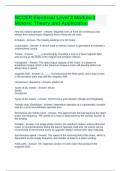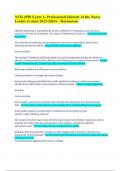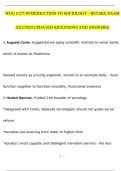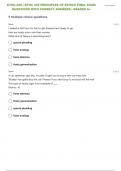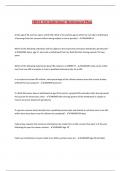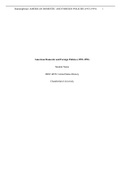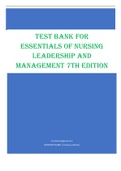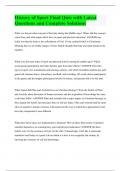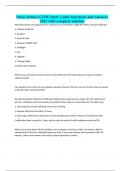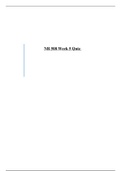Tentamen (uitwerkingen)
NCCER Electrical Level 2 Module 2 Motors: Theory and Application Questions and Answers
- Vak
- Instelling
NCCER Electrical Level 2 Module 2 Motors: Theory and Application How DC motors operate? - Answer- Magnetic lines of force are continuous and always form closed loops; Magnetic lines of force do not cross. Armature - Answer- The rotating windings of a DC motor. Commutator - Answer- A device...
[Meer zien]
